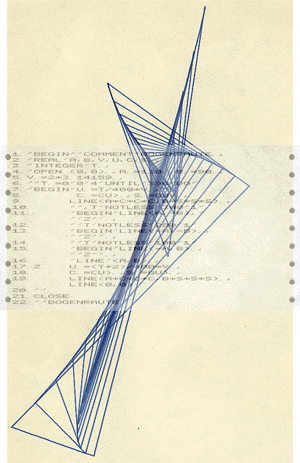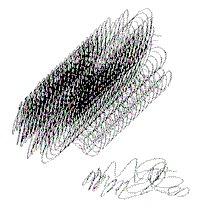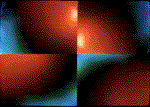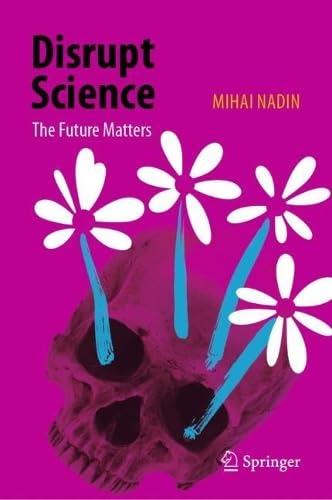Computer Graphics (since 1962)
Advanced studies in electrical engineering and computer science helped Mihai Nadin focus on the creative capabilities of the new digital machines. His attempt to unite aesthetics and technology resulted in the early creation of computer-aided images and music. In order to free these computer applications from data processing models, Nadin had to develop programs to […]
Advanced studies in electrical engineering and computer science helped Mihai Nadin focus on the creative capabilities of the new digital machines. His attempt to unite aesthetics and technology resulted in the early creation of computer-aided images and![]() music. In order to free these computer applications from data processing models, Nadin had to develop programs to generate simple geometric representations and sound sequences. A plotter and modulator facilitated output on paper or through a loudspeaker.
music. In order to free these computer applications from data processing models, Nadin had to develop programs to generate simple geometric representations and sound sequences. A plotter and modulator facilitated output on paper or through a loudspeaker.
Later, he was the first to apply aesthetic criteria to the results of computer-aided visualizations at a time when computer scientists were still rejoicing over technical accomplishments alone. Nadin maintained that aesthetics is the means through which computation is optimized. (See, among other publications, Navigating the World of Make-Believe: (The Aesthetic Compass.)
 Earlier (1964) small programs based on geometric descriptions allowed Mihai Nadin to explore pseudo-3D representations.
Earlier (1964) small programs based on geometric descriptions allowed Mihai Nadin to explore pseudo-3D representations.


Posted in Art & Design, Ubiquitous Computing & Digital Media

 Disrupt Science: The Future Matters
Disrupt Science: The Future Matters